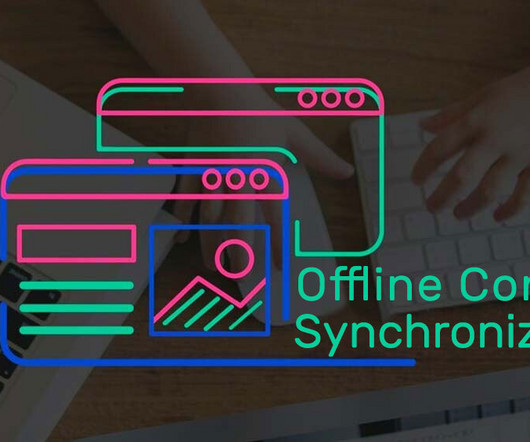The Great Survey Completion Rate Dilemma Solved (Maybe)
Dashe & Thomson
DECEMBER 22, 2010
Social Learning Blog Training and Performance Improvement in the Real World Home About Bios Subscribe to RSS The Great Survey Completion Rate Dilemma Solved (Maybe) by Jim on December 22, 2010 in feedback , marketing The holidays are upon us, which means gifts, family, services… and the end of the fiscal year. Some sort of survey… Blog this!












































Let's personalize your content